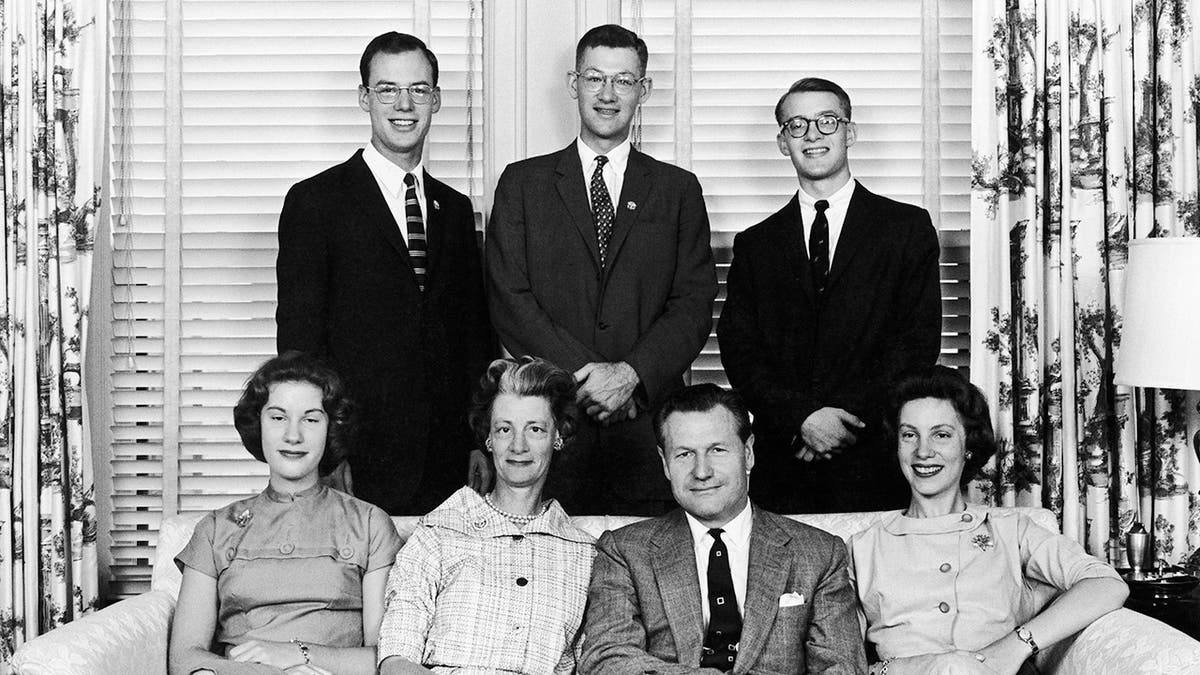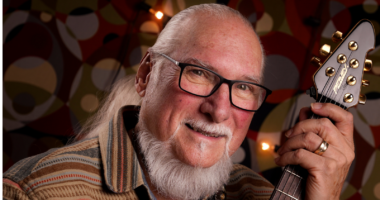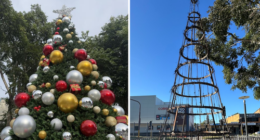Share this @internewscast.com
More than six decades have passed since an heir to one of America’s richest families disappeared near a remote island known to be home to cannibals, leaving behind lingering mysteries about his fate.
At the age of 23, Michael Rockefeller, the youngest son of then-New York Governor Nelson Rockefeller and a recent Harvard graduate, embarked on a lengthy journey to the island of Dutch New Guinea. His mission was to collect indigenous art from the Asmat, intended for an exhibition at a Museum of Primitive Art.
The Asmat people were renowned for their exceptional woodcarving skills, creating intricate spirit masks and ancestor “bisj” poles. Despite their artistic achievements, they were also famed for practices of headhunting and cannibalism, deeply entwined with their spiritual traditions.

Nelson Rockefeller with Mary Todhunter Clark and their children, Anne, Mary, Steven, Rodman and Michael on Nov. 18, 1958. (Keystone-France/Gamma-Keystone via Getty Images)
According to Hoffman, the priests documented their findings, but the reports were only ever shown to the Dutch government and the apostolic vicar – the highest Catholic official in the Netherlands. The Rockefeller family was reportedly made aware of the rumors, resulting in them reaching out to Dutch officials, who allegedly swept the claims under the rug.
The young Rockefeller’s passion for indigenous art is reflected in the newly renovated Michael C. Rockefeller Wing of New York City’s Metropolitan Museum of Art. The wing showcases 16 galleries of art, including works from Oceania, Africa and the ancient Americas.
“Opened to the public in 1982, the addition was named after Nelson Rockefeller’s son, Michael C. Rockefeller, who was greatly inspired by the cultures and art of the Pacific and pursued new avenues of inquiry into artistic practice during his travels there,” according to the Met’s website. “Among the wing’s signature works are the striking Asmat sculptures he researched and collected in southwest New Guinea.”
The Met did not immediately respond to Fox News Digital’s request for comment.
While the mystery surrounding Rockefeller’s disappearance may never be solved, his legacy will live on through the artwork of the people who may have been the ones to end his life.
“There was nothing primitive about the Asmat at all,” Hoffman said. “They were this fantastically rich, complex culture that had 17 tenses and produced this art that was a direct view into archetypes and of the human unconscious, the human mind – and that’s a fantastic thing. It’s mind-opening, and it’s mind-expanding, and it’s inspiring.”
















